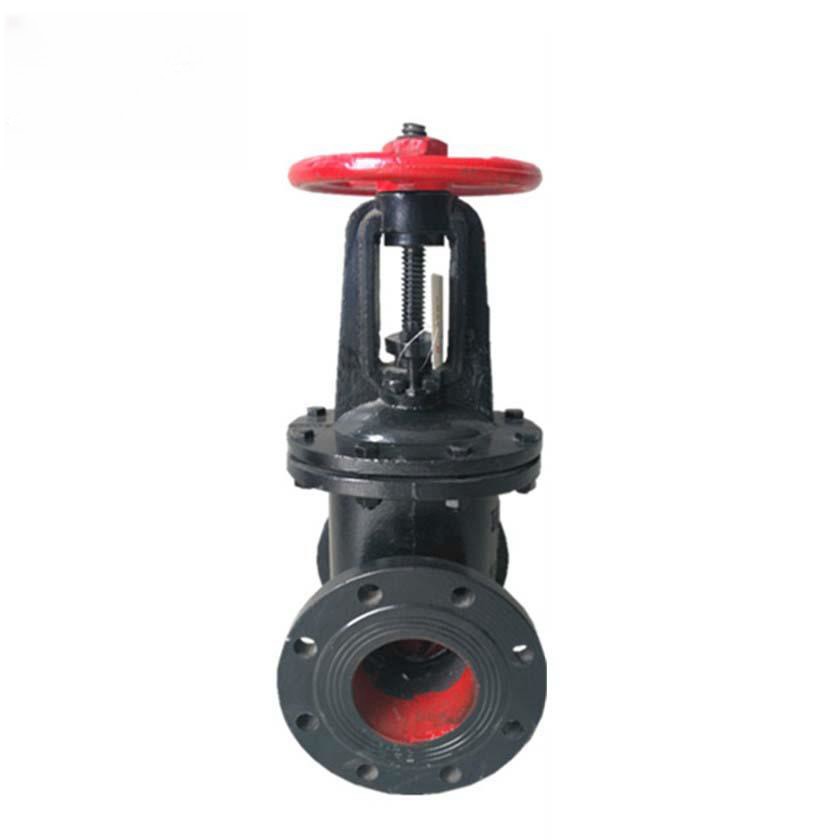blind flange 12
Blind Flanges A Fundamental Component in Piping Systems
Blind flanges are essential components in various piping systems, playing a crucial role in sealing the ends of pipes, valves, and equipment. With their unique design, they are utilized to close off piping ends temporarily or permanently, ensuring the integrity and safety of fluid systems in various industries, including oil and gas, water treatment, and chemical processing.
Blind Flanges A Fundamental Component in Piping Systems
The construction of a blind flange typically involves various materials, such as carbon steel, stainless steel, or special alloys, depending on the application's requirements. Each material is chosen based on factors such as pressure rating, temperature tolerance, and corrosion resistance. For example, stainless steel blind flanges are commonly used in corrosive environments where rust might be an issue, ensuring a long-lasting seal.
blind flange 12

Blind flanges are manufactured in various sizes and standards, adhering to industry specifications such as ANSI, API, or ASME to ensure compatibility within piping systems. This standardization is crucial for maintaining the integrity of the system, preventing leaks, and ensuring safety, especially in high-pressure applications.
Installation of a blind flange is a straightforward process. First, the flange is aligned with the pipe's flange face, and bolts are inserted into the corresponding holes. The bolts are then tightened to the specified torque, ensuring a secure seal. Periodic inspections are essential to check for any signs of wear or corrosion, as maintaining the integrity of the seal is vital for safe operation.
In addition to their sealing capabilities, blind flanges can also serve as inspection points. By temporarily removing the blind flange, technicians can access the system for testing, cleaning, or modifications without needing to drain the entire system.
In conclusion, blind flanges are indispensable in piping systems. They provide effective sealing solutions, enhance safety, and facilitate maintenance and inspection. Understanding their importance and proper usage is key to ensuring efficient and safe operations in various industrial applications.
-
The Key to Fluid Control: Exploring the Advantages of Ball Valves in Industrial SystemsNewsJul.09,2025
-
The Versatile World of 1, 2, and 3 Piece Ball ValvesNewsJul.09,2025
-
Stainless Steel Ball Valves: The Ideal Choice for Efficient Flow ControlNewsJul.09,2025
-
Optimizing Fluid Control with Ball Float ValvesNewsJul.09,2025
-
Manual Gate Valves: Essential for Control and EfficiencyNewsJul.09,2025
-
Everything You Need to Know About Butterfly ValvesNewsJul.09,2025
-
The Versatility of Wafer Type Butterfly ValvesNewsJul.08,2025




